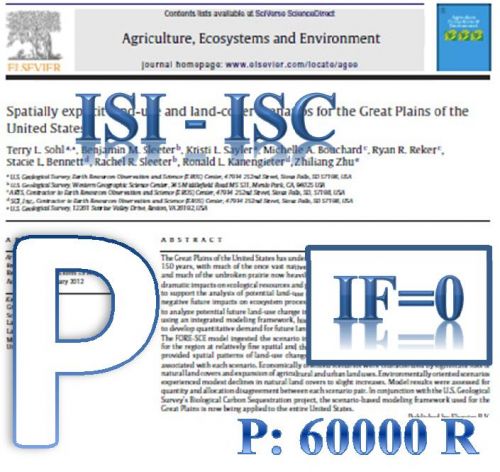Tuta absoluta was a quarantine pest in Iran that has been recorded for the first time in 2009. The most conventional methods for control of this pest in Iran are chemical method and mass trapping, although the efficiency of the latter method is not clear. In 2013 the efficiency of three common types of solar light traps with and without sex pheromone along with water pan pheromone traps for control of this pest were investigated. The experiment was performed in a randomized complete block design within a tomato field. The treatments were Behroyan light trap (BL), Zist bani light trap (ZL), Russell light trap (RL), BL + pheromone, ZL+ pheromone, RL+ pheromone and water pan pheromone trap (WPT). Traps were checked weekly and the number of captured tomato leaf miner (TLM), Noctuid moths, Chrysopa sp, Coccinella septempuctata and Syrphid flies were counted. Mean weekly capture of TLM in BL, ZL and RL traps without sex pheromone were 9.11± 1.16, 4.94 ± 0.24 and 1.66 ± 0.7, while with sex pheromone were 54.72 ± 11.8, 42.05 ± 6.47, 39.02 ± 2.82, respectively. The mean weekly capture of Noctuid moths in the traps without pheromone were 16.92 ± 1.39, 25.39 ± 0.57, 1.49 ± 0.27 and with pheromone were 21.04 ± 1.72, 28.09 ± 0.95, 2.76 ± 1.39, respectively. Mean weekly capture of TLM and Noctuid moths in WPT traps were 47.13±3.06 and 0.73± 0.27, respectively. The total attracted numbers of predators by the three light traps were not significant. In conclusion, traps baited sex pheromone (especially BL and ZL) could be used as eco- friendly tools for mass trapping of TLM and some key Noctuid moth pests in isolated tomato fields.
کلید واژگان :light traps; noctuid moths; predators; quarantine pest; water pan traps
ارزش ریالی : 600000 ریال
با پرداخت الکترونیک
